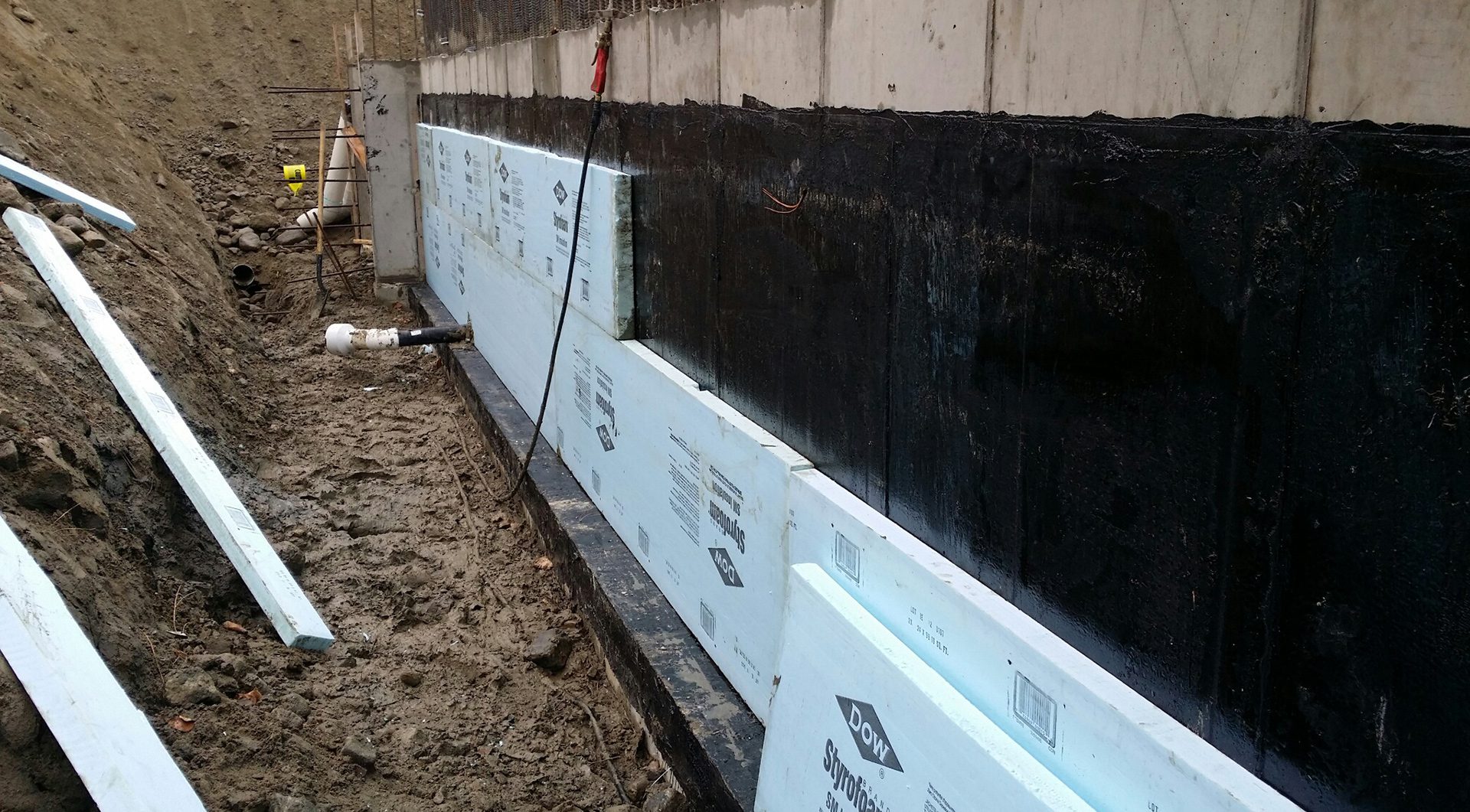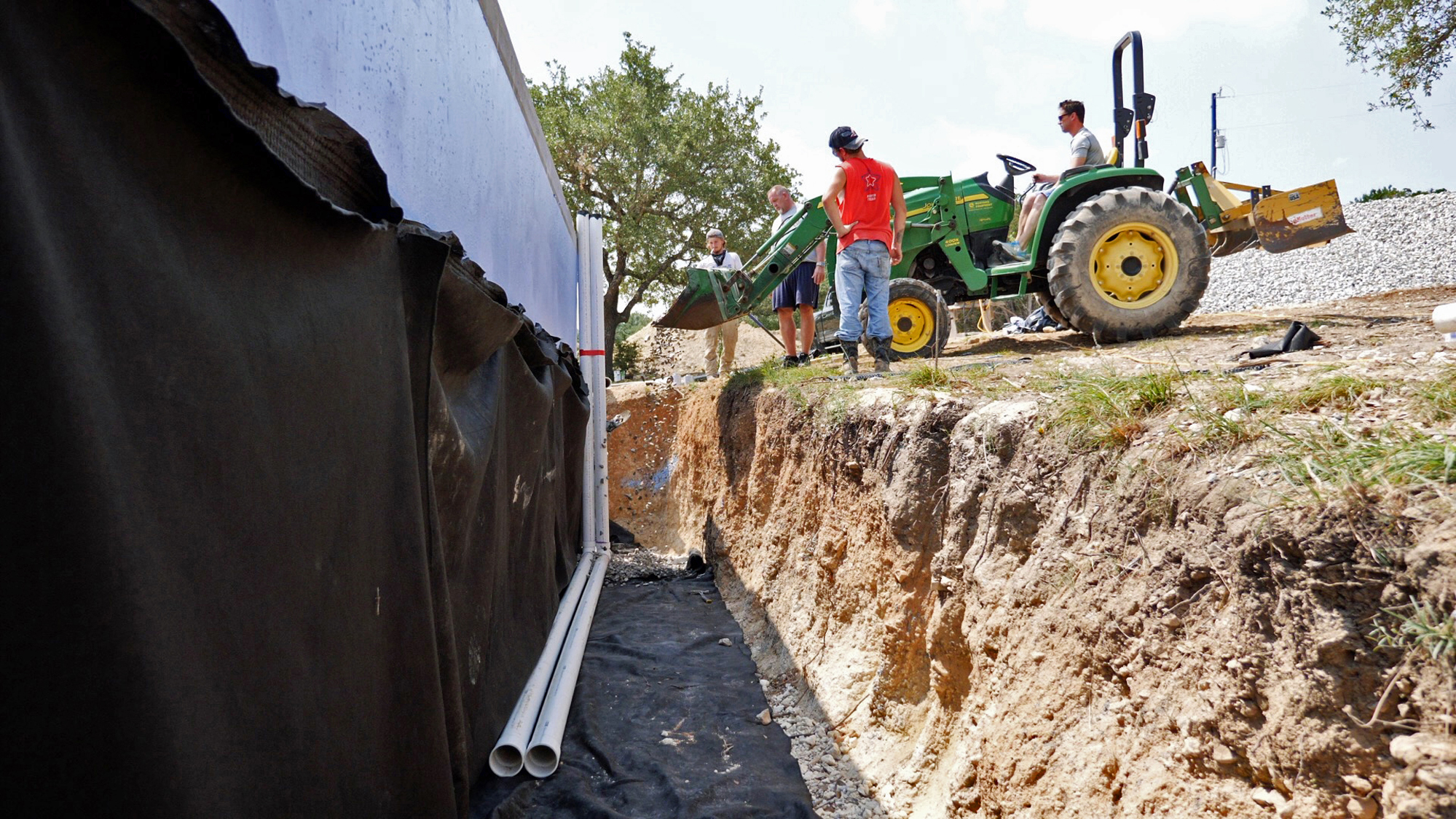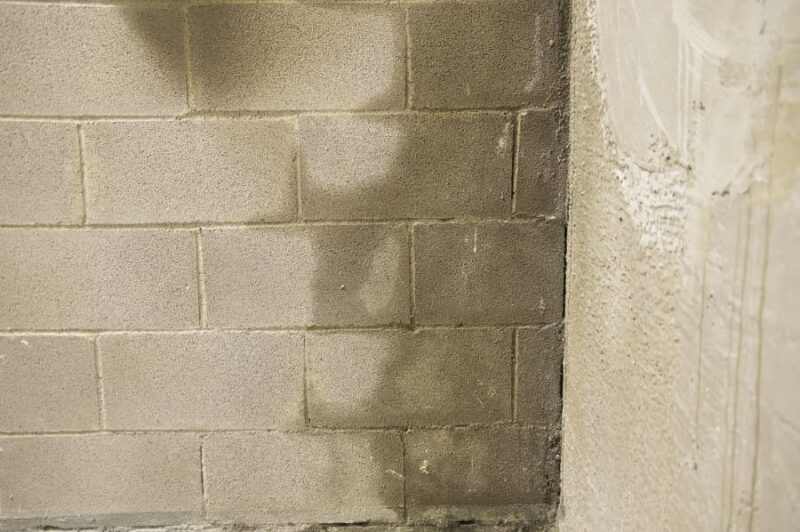Waterproofing your foundation is a pivotal step in safeguarding your home from the relentless onslaught of moisture. Yet, amidst an ocean of advice and products, several myths have surfaced, clouding homeowners understanding of what truly works and what doesn’t.
From the allure of DIY fixes that promise to ward off water damage, to the heavily marketed, expensive solutions that claim to be foolproof, separating fact from fiction can be daunting. What should you believe? Are there reliable methods to protect your sanctuary, or are we merely drowning in a sea of misinformation? In this article, we will delve into the most prevalent foundation waterproofing myths, unraveling the intricacies of effective strategies while exposing the misconceptions that can lead to costly mistakes.
Join us as we embark on this journey, aiming to equip you with the knowledge to make informed decisions and fortify your home against nature’s unpredictable forces.
Myth #1: Paint and Sealants are Sufficient
One of the most pervasive misconceptions in the realm of foundation waterproofing is the belief that a simple coat of paint or a layer of sealant can adequately protect your home from water intrusion. While it’s true that sealants and waterproof paints can provide a temporary barrier, they often fall short when faced with the relentless pressure of water and moisture over time.
These products can effectively guard against minor dampness, but they lack the comprehensive protection needed to address structural vulnerabilities and environmental factors that contribute to water damage. Over time, sealants can crack, delaminate, or lose their effectiveness altogether, leaving the foundation exposed to the very elements they were designed to repel. Relying solely on these superficial treatments is akin to placing a bandage on a deep cut—insufficient and potentially dangerous.
Permanent solutions, like proper drainage systems, wall membranes, and exterior waterproofing, are essential to safeguard your investment and ensure your foundation remains secure against the relentless forces of nature.
Myth #2: Foundation Waterproofing is Only Necessary During Construction

Many homeowners fall prey to the misconception that foundation waterproofing is a once-and-done affair, strictly reserved for the construction phase of a building. The truth, however, is far more nuanced.
Over time, the forces of nature—rains, snowmelt, and groundwater movement—can conspire against even the sturdiest foundations, leading to cracks and moisture intrusion long after the last brick is laid. Furthermore, factors such as soil shifts, changes in landscaping, and outdated drainage systems can exacerbate these issues. Thus, neglecting foundation waterproofing after construction can lead to costly repairs down the line and even undermine the very integrity of your home.
It’s essential to recognize that proactive measures and periodic maintenance play a crucial role in safeguarding your property from the relentless war that water wages against solid structures.
Myth #3: All Foundations are Equally Susceptible to Water

Its a common misconception that every foundation type faces the same level of vulnerability to water infiltration. In reality, foundations are as diverse as the homes they support, with variations ranging from concrete slab to crawlspace to basement structures. Each foundation type is engineered with distinct materials and designs that influence their water resistance.
For instance, a well-built basement with proper drainage and waterproofing measures can stand robustly against moisture intrusion, while a poorly constructed crawlspace might succumb to the slightest drizzle. Moreover, geographic factors, such as soil composition and local climate, play a significant role in determining a foundations susceptibility to water.
Hence, it is a grave oversimplification to lump all foundations into one category; understanding the unique characteristics of each is essential for effective waterproofing. Ignoring these differences can lead homeowners to underestimate the importance of targeted prevention strategies, potentially resulting in costly water damage down the line.
Conclusion

In conclusion, understanding the realities behind foundation waterproofing is essential for homeowners looking to protect their properties from water damage. By debunking common myths, it becomes clear that effective waterproofing requires a comprehensive approach tailored to specific circumstances.
It’s important to rely on proven techniques rather than quick fixes or misconceptions that can lead to greater issues down the line. Services like Foundation Waterproofing By Moe exemplify the importance of professional expertise, offering reliable solutions and innovative methods to ensure your home remains safe and dry. By choosing knowledgeable professionals and seeking scientifically-backed strategies, homeowners can confidently safeguard their foundations and invest in the longevity of their homes.


